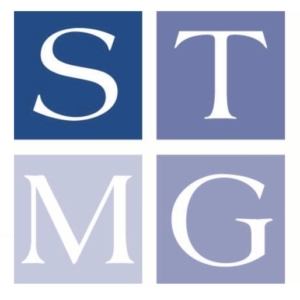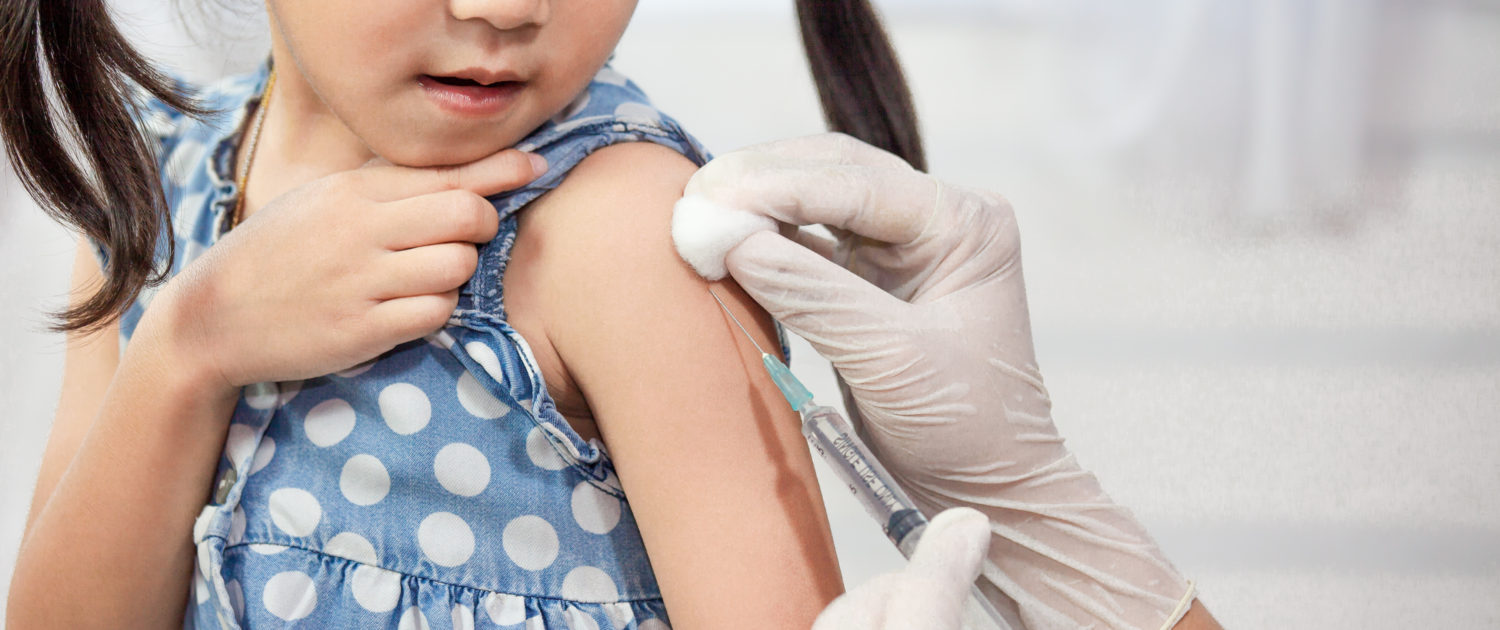Patient Medical Centered Home NCQA
NCQA Survey Results
Download PDF here.
Children & Adult
ADHD Forms
Breast Cancer Screening
Download PDF here.
Cervical Cancer Screening
Download PDF here.
Colon Cancer Screening
Download PDF here.
Feeling Under the Weather?
Learn more here.
Foreign Travel Information
Download PDF here.
Immunization Schedule
To learn more, click here.
Pediatric Milestones
Download PDF here.
Prostate Cancer Screening
Download PDF here.
Sports Physical Form
Download PDF here.
Crisis Resources
Crisis Resources
At St. Thomas Medical Group, we understand that you may have more specialized needs and concerns that may not be able to wait for an office appointment with your physician. We are pleased to offer some dependable and professional services that may assist you in a time of crisis.
- Detox Help Nashville
- Detox Help Memphis
- Detox Help Brentwood
- Rehab Help Murfreesboro
- Rehab Help Nashville
- Rehab Help Clarksville
- Rehab Help Chattanooga
- Rehab Help Franklin
- Rehab Help Smyrna
- Rehab Help La Vergne
- Rehab Help Bowling Green
- Rehab Help Louisville
- Rehab Help Lexington
- Tricare Rehab
- Mental Health Help Tennessee
- Alcoholics Anonymous
- Centerstone
- Domestic Sexual Violence
- Domestic Violence Hotline
- Drug Emergencies
Endoscopy Patient Forms
Dr. Eskind-Colonoscopy Patient Packet-Gatorade G2 Miralax Split Dosing Preparation
Download PDF here.
Colonoscopy Patient Packet - Gatorade G2 Miralax Preparation (Spanish)
Download PDF here.
EGD Patient Packet-Preparation Instructions
Download PDF here.
Nashville ENT & Allergy
Dizziness Questionnaire
Download PDF here.
New Patient Packet
Download PDF here.
Privacy Practices
Download PDF here.
Notices
Notice of Nondiscrimination
Download PDF here.
Notice of Nondiscrimination (Spanish)
Download PDF here.
Notice of Nondiscrimination (Vietnamese)
Download PDF here.
COVID 19 OFFICE Policy
St. Thomas Medical Group, PLLC
Policy COVID 19 Medical Office Policy
Effective Date: June 23, 2020
Reviewed and
Approved by: __________________________________________________________
William Grayson, Executive Director
Reviewed and
Approved by: __________________________________________________________
Timothy C. Mangrum, MD, Medical Director
COVID-19 Precautions – Immediate, Interim Office Policies and Procedures
PATIENT SCREENING PRIOR TO OFFICE VISIT
ALL PATIENTS MUST WEAR MASK TO BE SEEN.
Screen for fever, cough, and/or flu-like symptoms – Patients should be screened both at the time of booking and reminded the day before their appointments for any signs of fever, significant cough, and/or flu-like symptoms such as body aches, headache, weakness, fatigue. If a patient is exhibiting any of these signs, their appointment should be canceled, and they should be instructed to call their primary care physician. They should be instructed to reschedule their appointment for when they are afebrile and feel well again.
• Temperature check – Patients should check their temperatures the morning of their appointments. If their temperatures are over 100.4, they should NOT come to the office.
• Recent travel? – Anyone who has traveled domestically or internationally in the prior 10-14 days should not be seen until 10-14 days after their return, and only if afebrile/asymptomatic.
Limit patient accompaniment by family members, friends, or children – Patients shall be encouraged to come to their appointments alone, or limit accompaniment to 1 person if accompaniment is necessary. Exceptions may be required (e.g. those who are frail or elderly who require help ambulating). Exceptions should only be made when absolutely necessary and for the well-being being of the patient.
UPON PATIENT ARRIVAL TO OFFICE
Practice social distancing
• Patients in the waiting room shall sit at least 6 feet apart from one another. This could be achieved by either removing chairs or placing paper signs on chairs/couches such as “Do Not Sit.”
• If there is not enough room for patients in your waiting area, patients should be asked to wait in their cars after check-in and can be called or texted when they will be seen next. This will help minimize risk of patient-to-patient contact and allow time for sanitizing between patients.
• Offices are encouraged to space out the scheduling of patients to help minimize overlapping of too many patients, e.g. schedule patients no closer than every 15-30 minutes, depending on the rate you see patients.
Maintain sanitary check-in items
• Encourage online patient portal use prior to coming to the office when possible.
• iPads- If intake forms are on tablets or similar devices, wipe down in between every patient use with approved antiseptic agents.
• Pen and paper– Use clean pens for each patient. After use, a “used pen” bin should be provided, and pens should be cleaned with approved antiseptic agents before being distributed for use again. Alternatively, patients could be instructed to bring their own pens, both for intake and for signatures on consent forms.
• Clipboards and all countertops should be cleaned and wiped between direct patient contact.
OFFICE STAFF
Practice social distancing amongst co-workers – Staff should remain at least 6 feet apart from one another if they are working in an office together.
Staff Surfaces (cellphones, mainline phones, light switches, keyboards, computer mouse, break room) – Should be wiped clean at the beginning, throughout, and finally at the end of each day. **Note – take your cell phone out of its case and clean both the phone and the case separately.
Surfaces frequently contacted by patients (door handles, countertops, chair arms)
• All office door handles and countertops should be cleaned with antiseptic wipes approximately every 30-45 minutes.
• Door handles and office countertops inpatient rooms and in the flow of patient traffic should be wiped clean with antiseptic agents after EVERY patient.
If possible, main office doors should be wedged open – This should help discourage direct contact with door handles. As the weather warms, this may be feasible, so as to discourage touching doorknobs or door handles.
Face masks – Employees should be encouraged to wear face masks during office hours, to prevent touching of their faces, and potential transmission of asymptomatic infection to co-workers and patients.
Take patients’ temperatures – Patient temperatures should be taken by intake staff upon arrival to the office.
• Preferred – disposable thermometers
• If a reusable thermometer must be used, thermometers with disposable covers are mandatory. These thermometers should be thoroughly wiped clean with antiseptic agents between use.
Encourage patients to wash hands – Patients should be encouraged to wash hands thoroughly upon arrival and departure from physician offices or any healthcare facilities.
• If possible, clocks with second hands should be placed next to sinks with signs clearly stating to wash for a minimum of 20 seconds.
• If clocks are unavailable, wash hands long enough to finish singing the alphabet.
Break room cleanliness – Break room should be devoid of multi-use condiments (e.g. single-serve packets for salt, sugar, ketchup, etc instead of communal receptacles). Counter-top surfaces should be routinely wiped down.
Remove common reading materials from waiting room – This includes all shared magazines and books.
PATIENT – DOCTOR INTERACTION
Washing hands – Doctors should thoroughly wash hands before and after each patient encounter.
Personal protection equipment – Doctors should wear a mask when interacting with patients.
Avoid hugs, handshakes, and contact outside of a physical exam.
Exam room cleaning (e.g. countertops, exam tables, door handles) should be thoroughly cleaned with an antiseptic agent between patients.
Temperature Self-monitoring – Doctors should regularly check their temperatures and if they are above 100.4, office hours and surgeries should be rescheduled immediately. Additionally, doctors with flu-like symptoms should avoid patient and staff contact at all costs.
___________________________________________________________________________________
Created: 06/23/2020.tcm Addendum: 07/02/2020.tcm
COVID RETURN TO WORK
St. Thomas Medical Group, PLLC
Policy COVID 19 RETURN TO WORK POLICY
Effective Date: June 29, 2020
Reviewed and
Approved by: __________________________________________________________
William Grayson, Executive Director
Reviewed and
Approved by: __________________________________________________________
Timothy C. Mangrum, MD, Medical Director
Return to Work Criteria With Confirmed or Suspected COVID-19
Guidance from the CDC on return to work criteria for HCP with confirmed or suspected COVID-19
Use one of the following strategies to determine when health care personnel (HCP) may return to work in health care settings (Figure 2.1).
Symptomatic HCP with suspected or confirmed COVID-19 (either strategy is acceptable depending on local circumstances):
Symptom-based strategy. Exclude from work until:
- At least 3 days (72 hours) have passed since recovery defined as resolution of fever without the use of fever-reducing medications and improvement in respiratory symptoms (e.g., cough, shortness of breath); and,
- At least 10 days have passed since symptoms first appeared
Test-based strategy. Exclude from work until:
- Resolution of fever without the use of fever-reducing medications and
- Improvement in respiratory symptoms (e.g., cough, shortness of breath), and
- Negative results of an FDA EUA COVID-19 molecular assay for detection of SARS-CoV-2 RNA from at least two consecutive respiratory specimens collected ≥24 hours apart (total of two negative specimens).
- For more information: CDC Interim Guidelines for Collecting, Handling, and Testing Clinical Specimens for 2019 Novel Coronavirus (2019-nCoV).
- Of note, there have been reports of prolonged detection of RNA without direct correlation to viral culture.
- All test results should be final before isolation is ended
Asymptomatic HCP with laboratory-confirmed COVID-19 (either strategy is acceptable depending on local circumstances):
Time-based strategy. Exclude from work until:
- 10 days have passed since the date of their first positive COVID-19 diagnostic test, assuming they have not subsequently developed symptoms since their positive test.
- If they develop symptoms, then the symptom-based or test-based strategy should be used.
- Note, because symptoms cannot be used to gauge where these individuals are in the course of their illness, it is possible that the duration of viral shedding could be longer or shorter than 10 days after their first positive test.
Test-based strategy. Exclude from work until:
- Negative results of an FDA EUA COVID-19 molecular assay for detection of SARS-CoV-2 RNA from at least two consecutive respiratory specimens collected ≥24 hours apart (total of two negative specimens).
- Note, because of the absence of symptoms, it is not possible to gauge where these individuals are in the course of their illness. There have been reports of prolonged detection of RNA without direct correlation to viral culture.
Note that detecting viral RNA via PCR does not necessarily mean that infectious virus is present.
Figure 2.1 WHEN CAN I RETURN TO WORK ???
After returning to work, HCP should:
- Wear a face mask for source control at all times while in the health care facility until all symptoms are completely resolved or at baseline. A face mask instead of a cloth face covering should be used by these HCP for source control during this time period while in the facility. After this time period, these HCP should revert to their facility policy regarding universal source control during the pandemic.
- A face mask for source control does not replace the need to wear an N95 or higher-level respirator (or other recommended PPE) when indicated, including when caring for patients with suspected or confirmed COVID-19.
- Of note, N95 or other respirators with an exhaust valve might not provide source control.
- Self-monitor for symptoms, and seek re-evaluation from occupational health if respiratory symptoms recur or worsen.
For further information, review the CDC’s “Criteria for Return to Work for Healthcare Personnel With Confirmed or Suspected COVID-19 (Interim Guidance).”
Figure 2.2 Recommendations for monitoring and work restrictions based on risk category.
e___________________________________________________________________________________
Created: 06/29/2020.TCM


